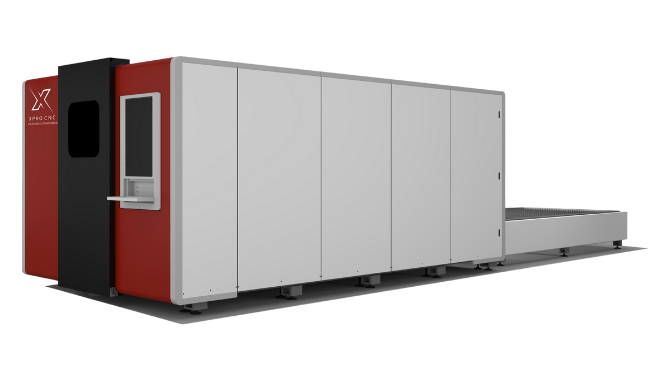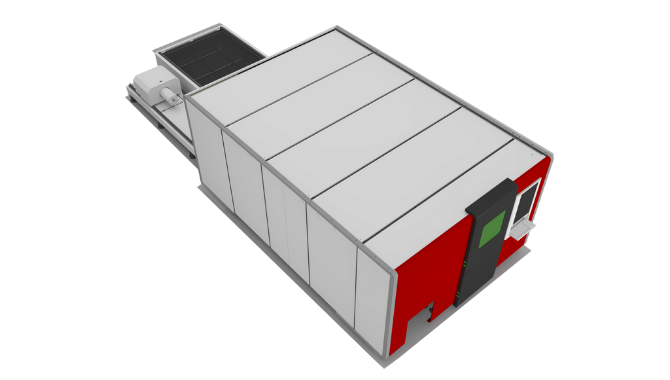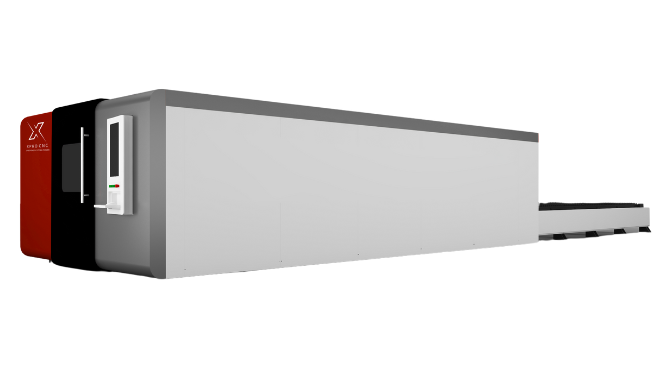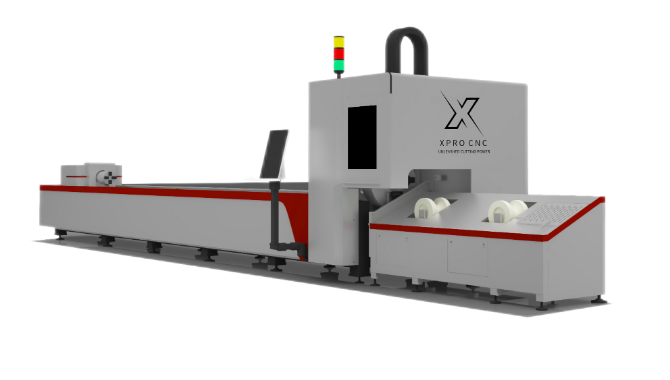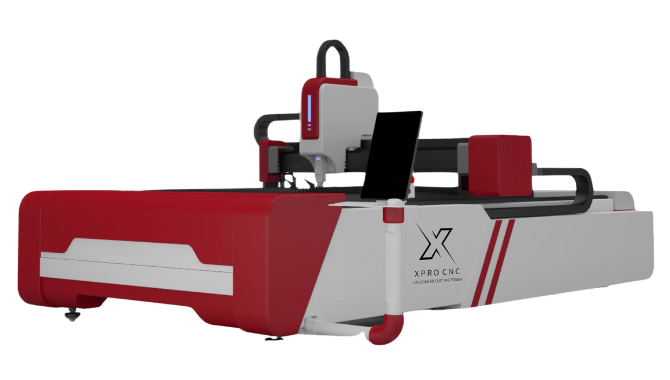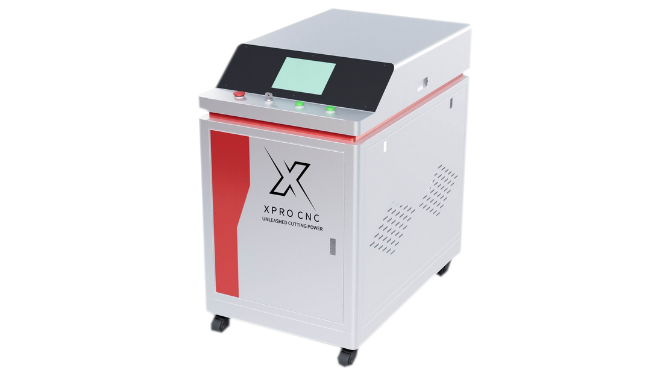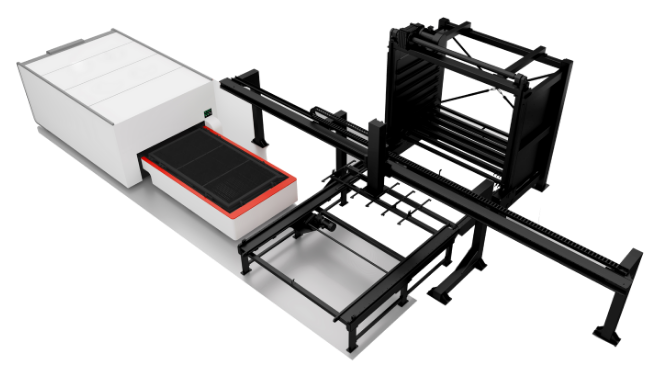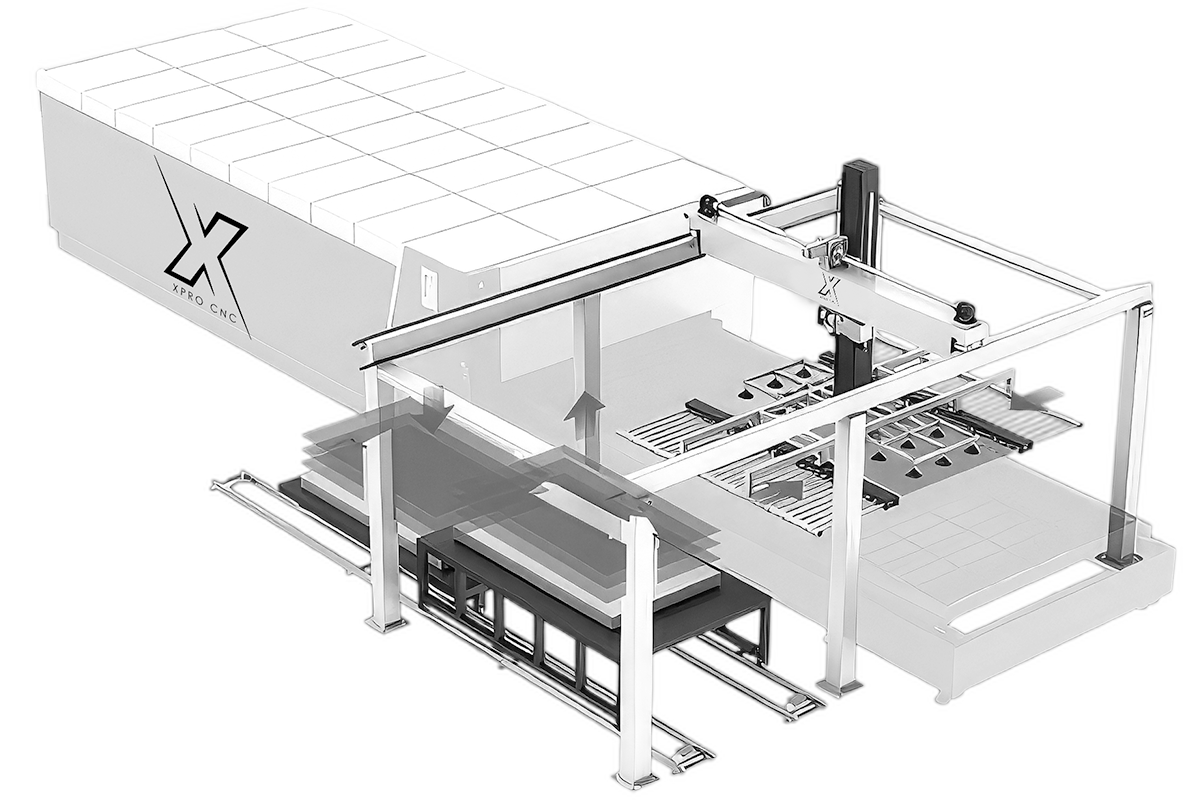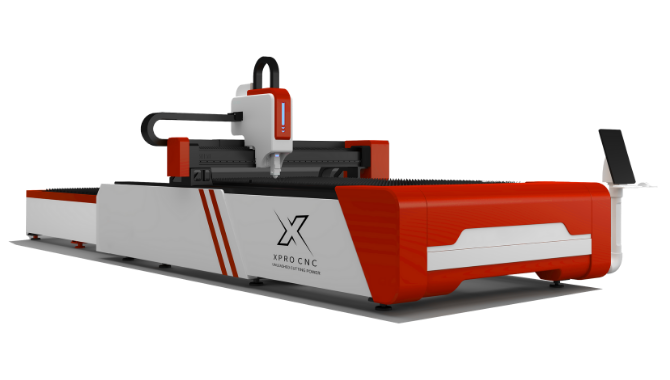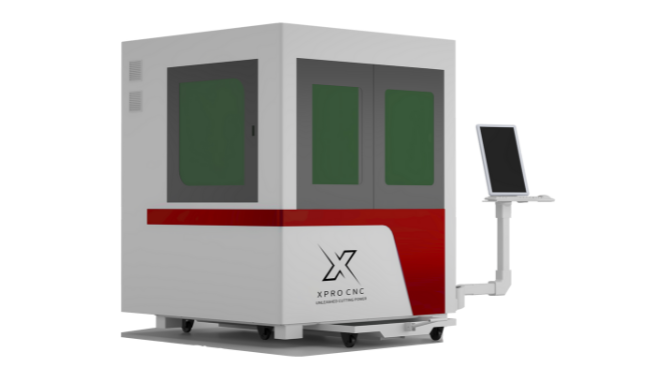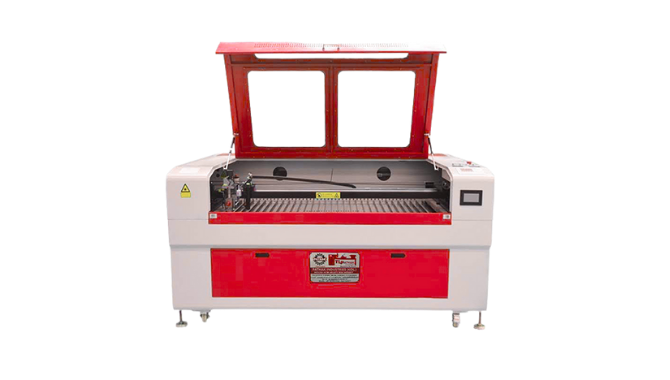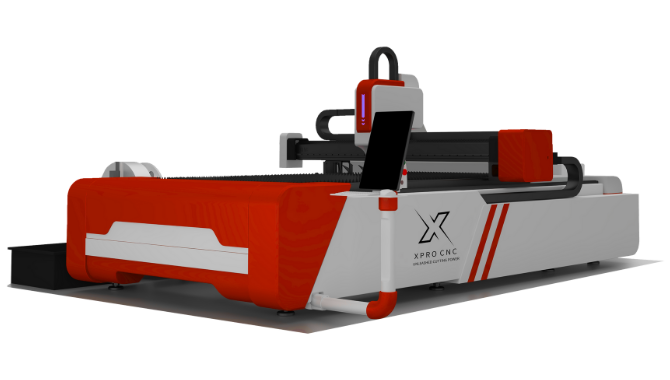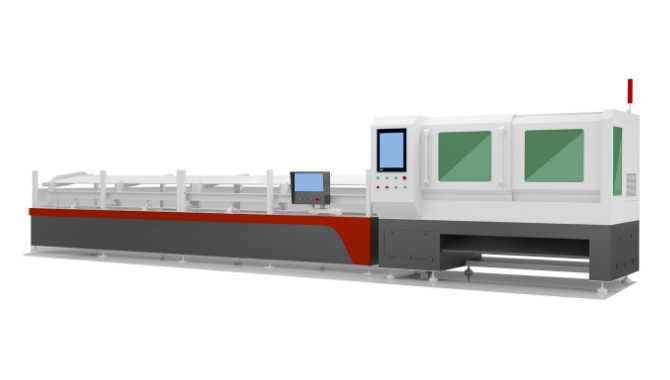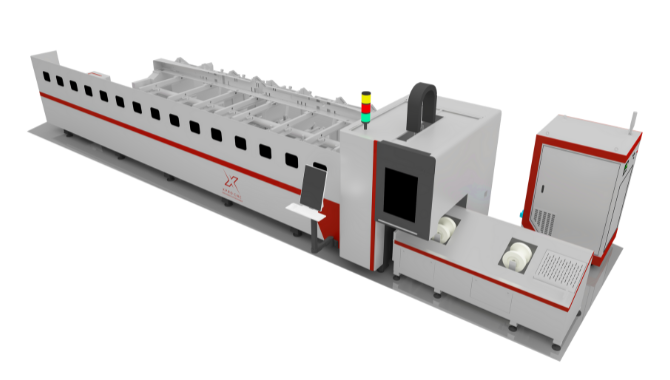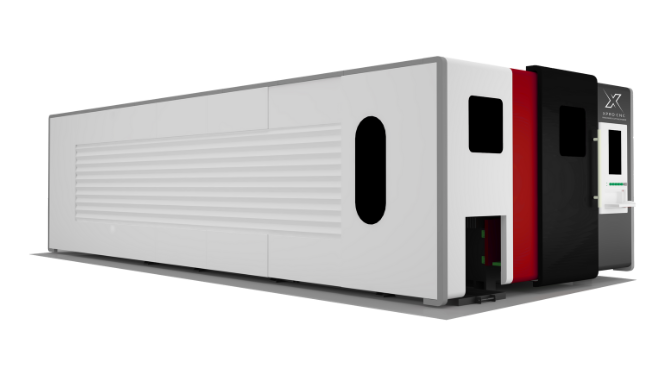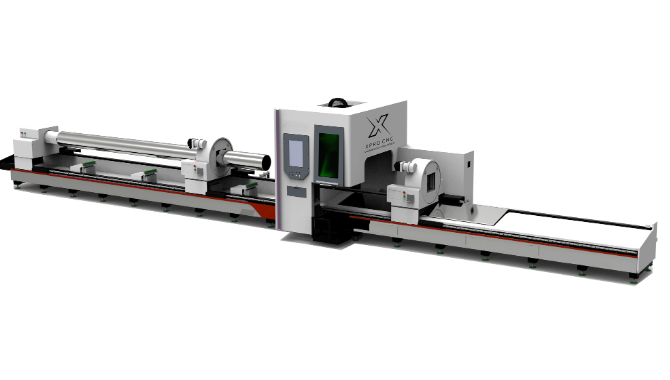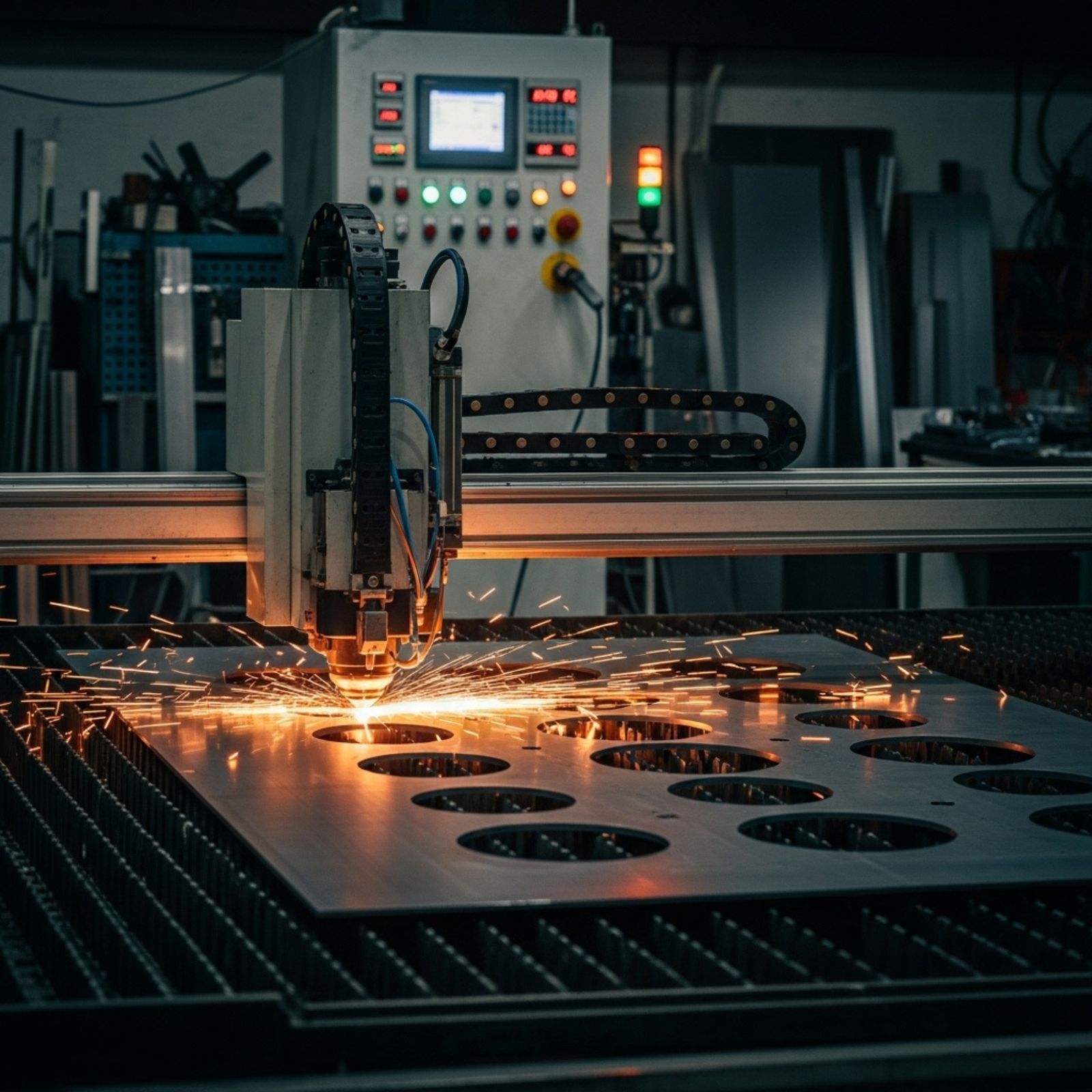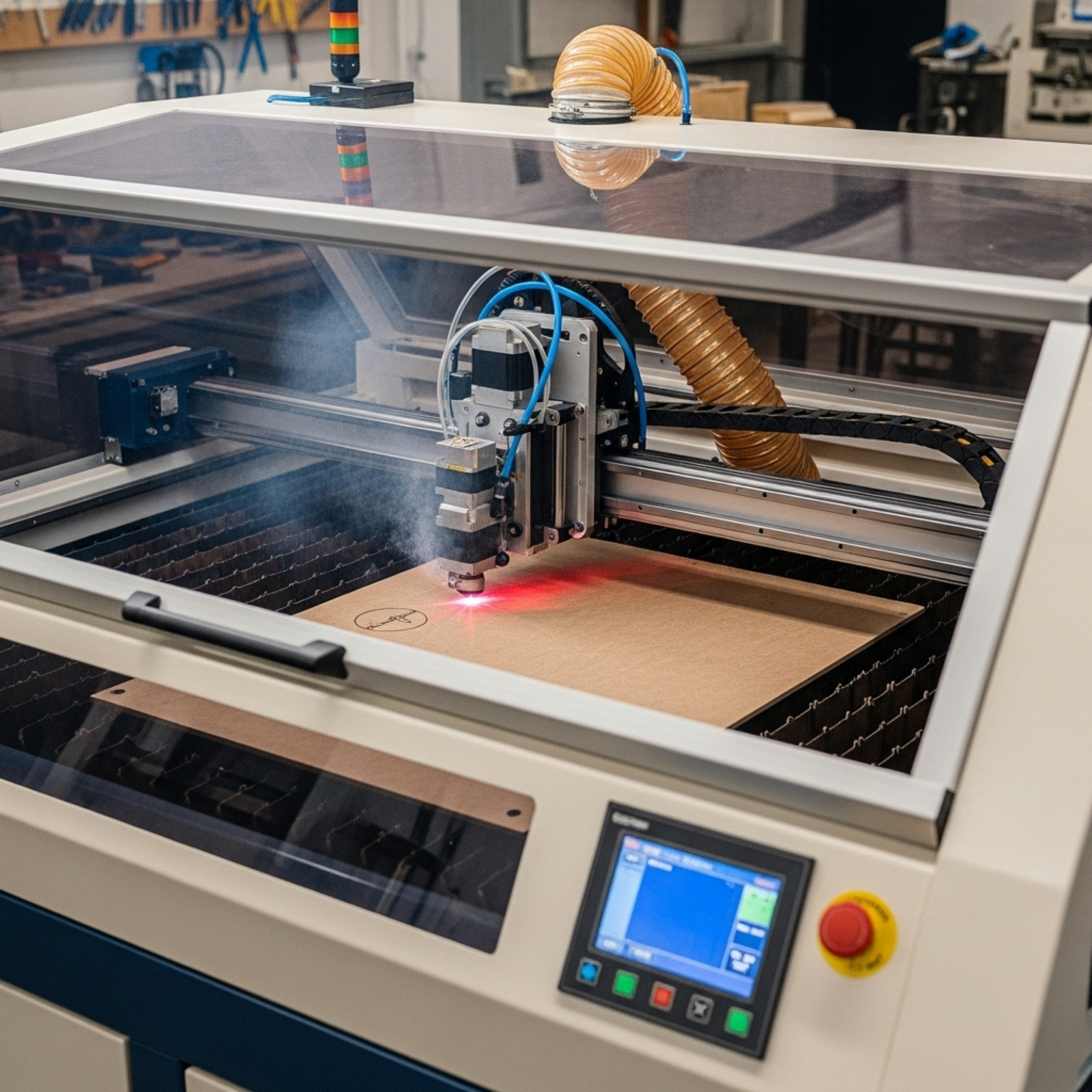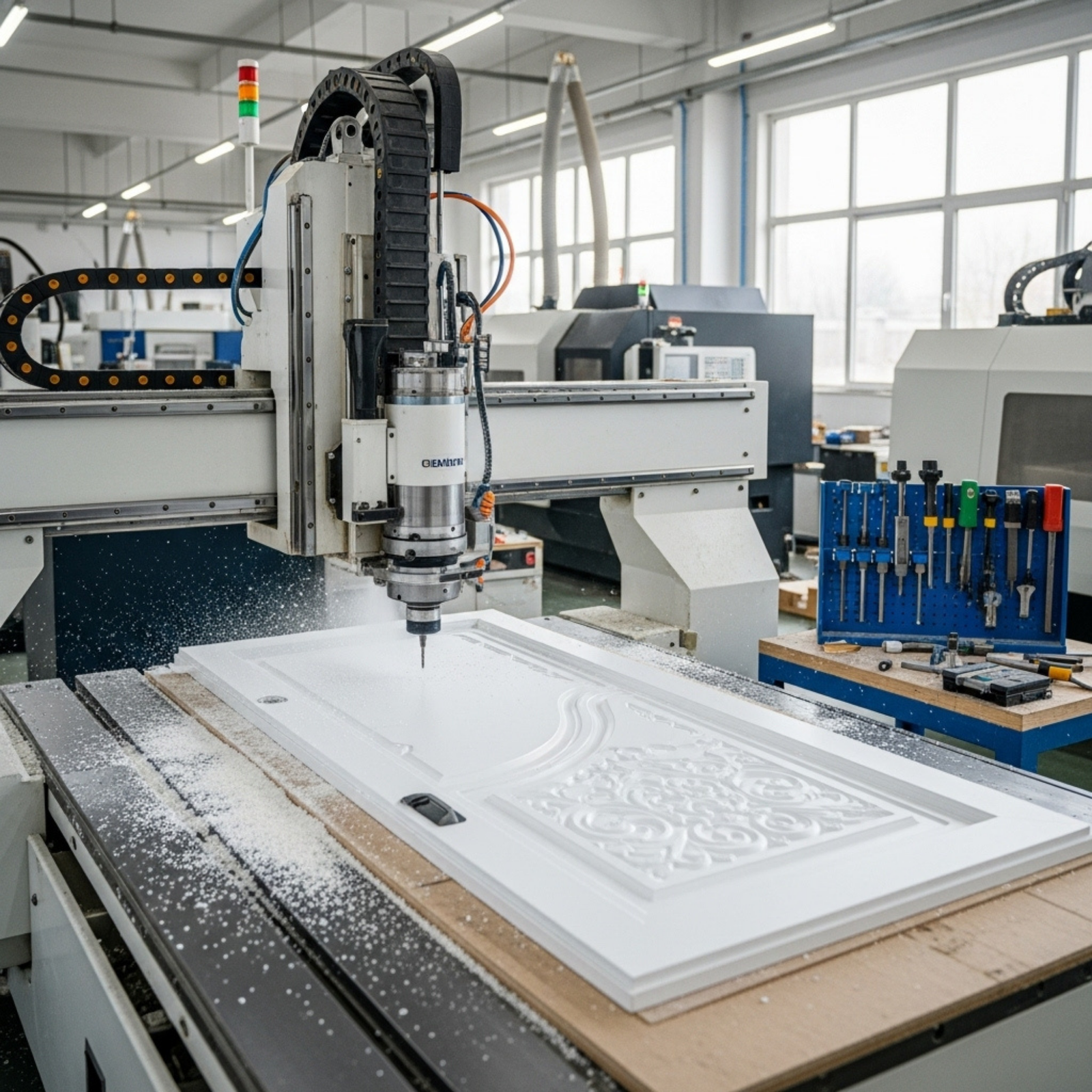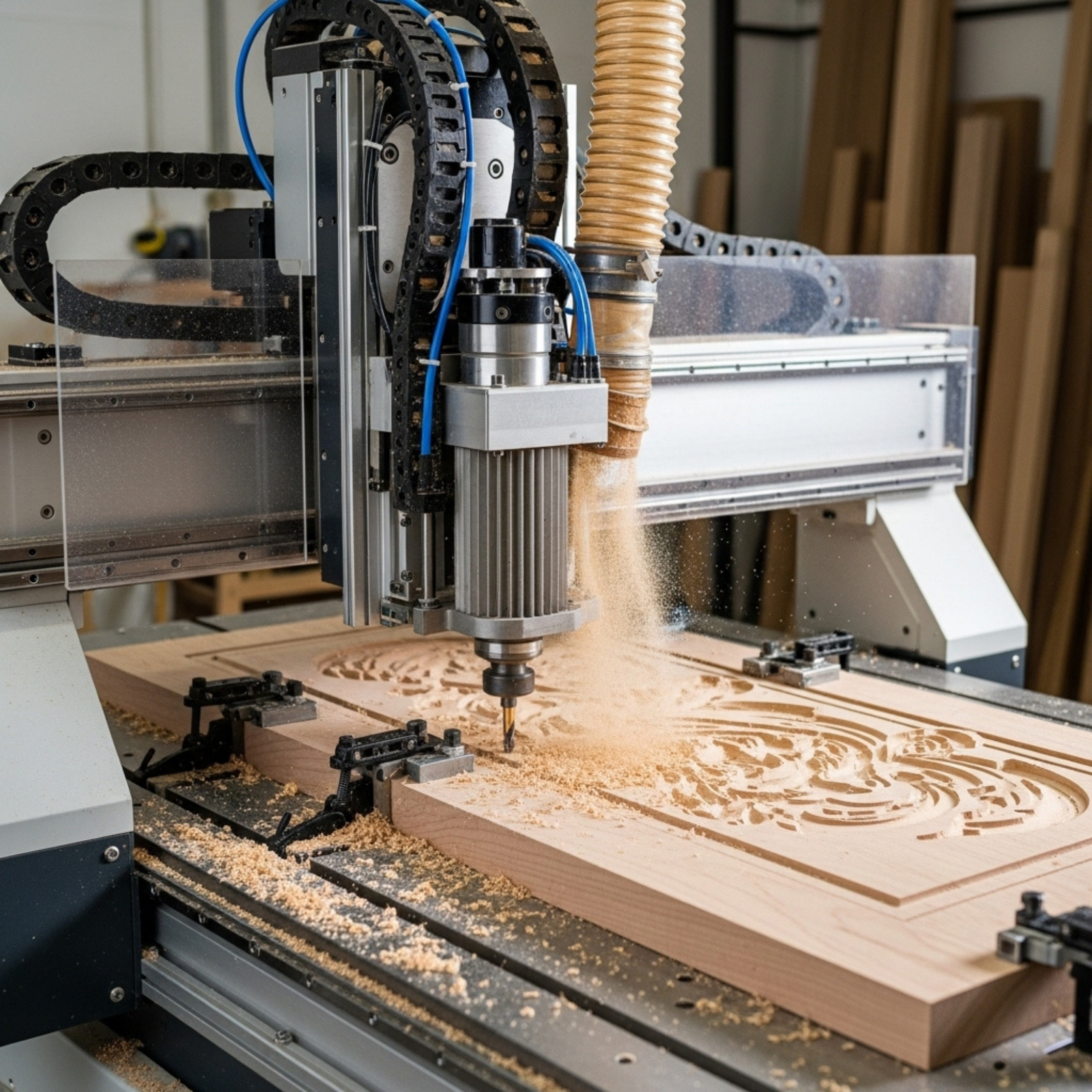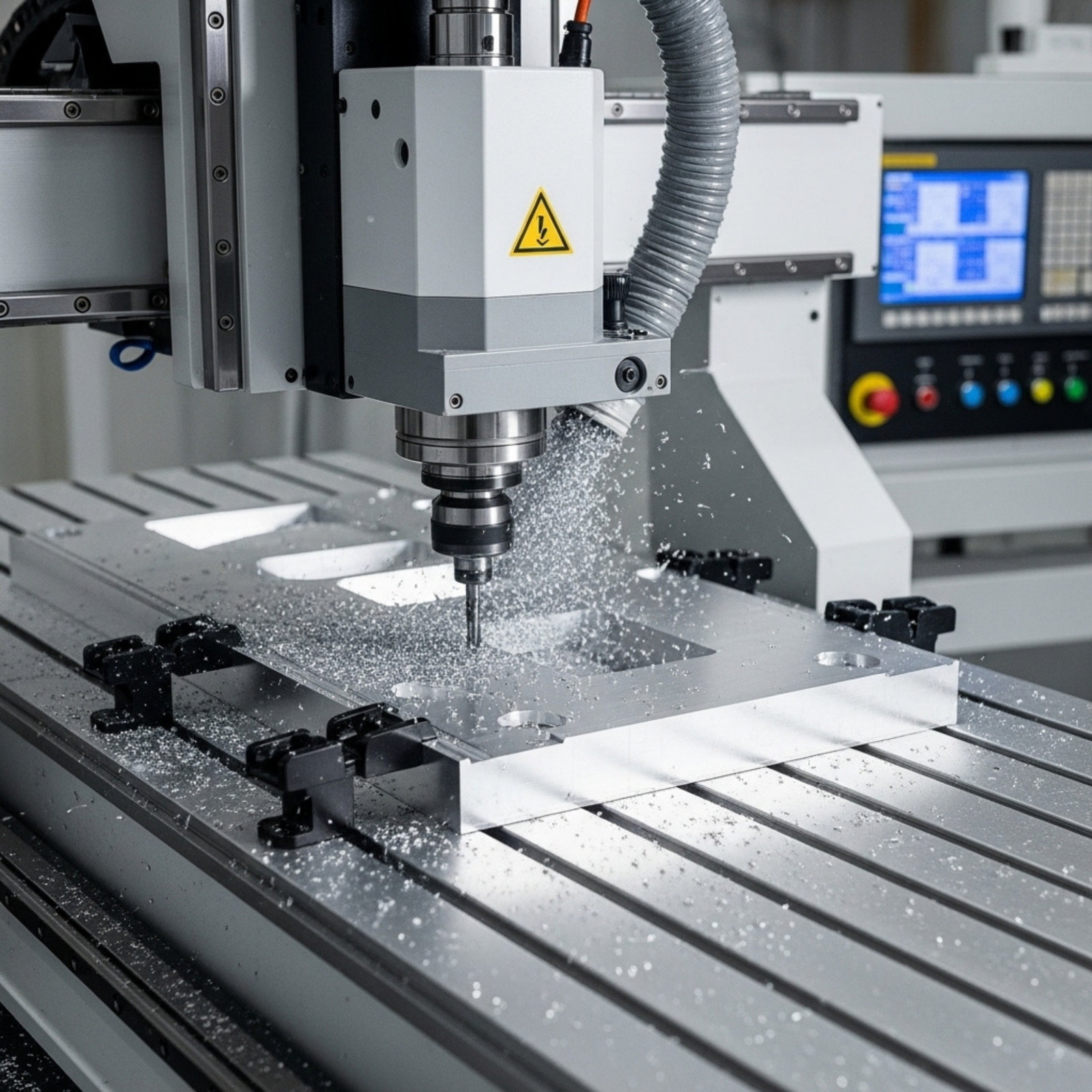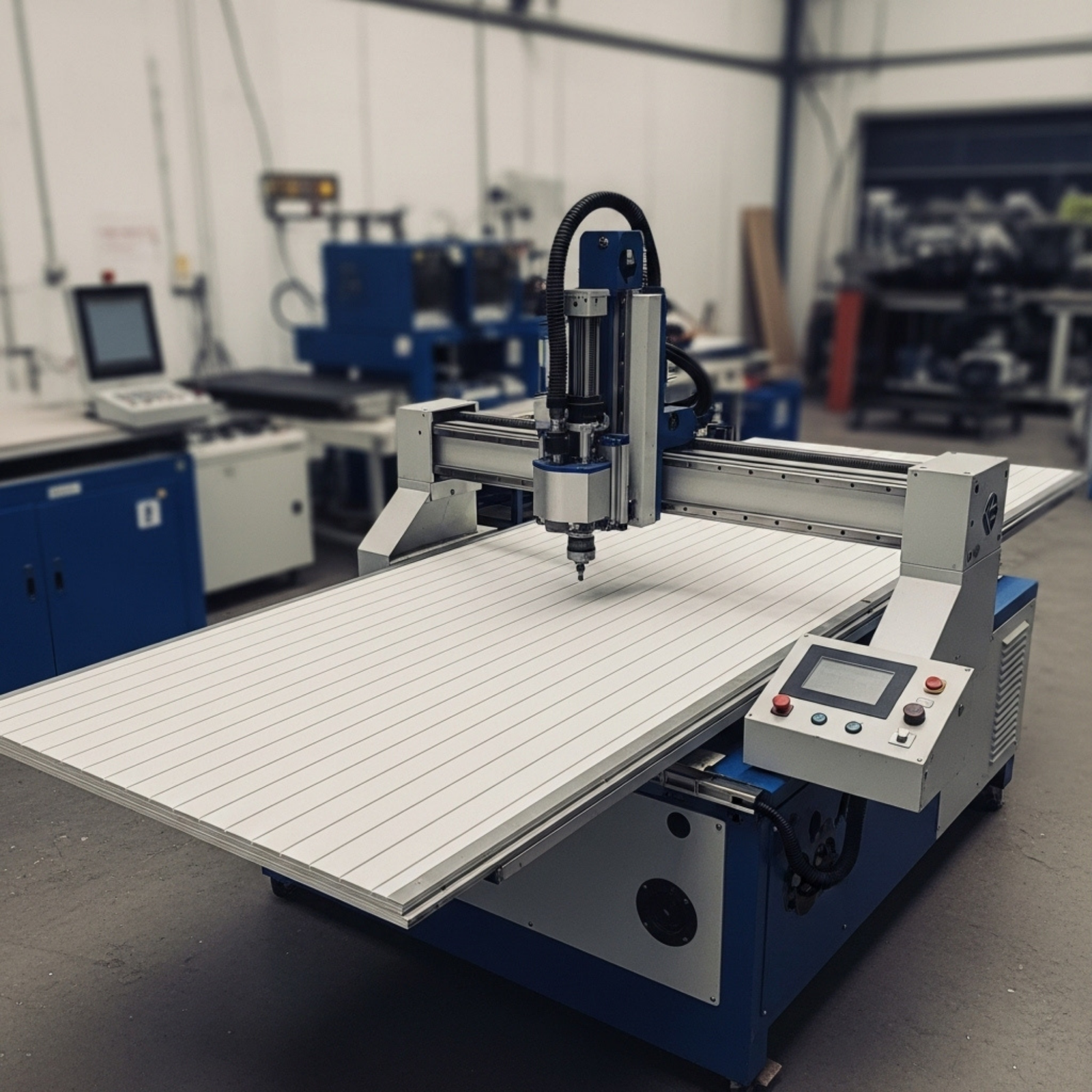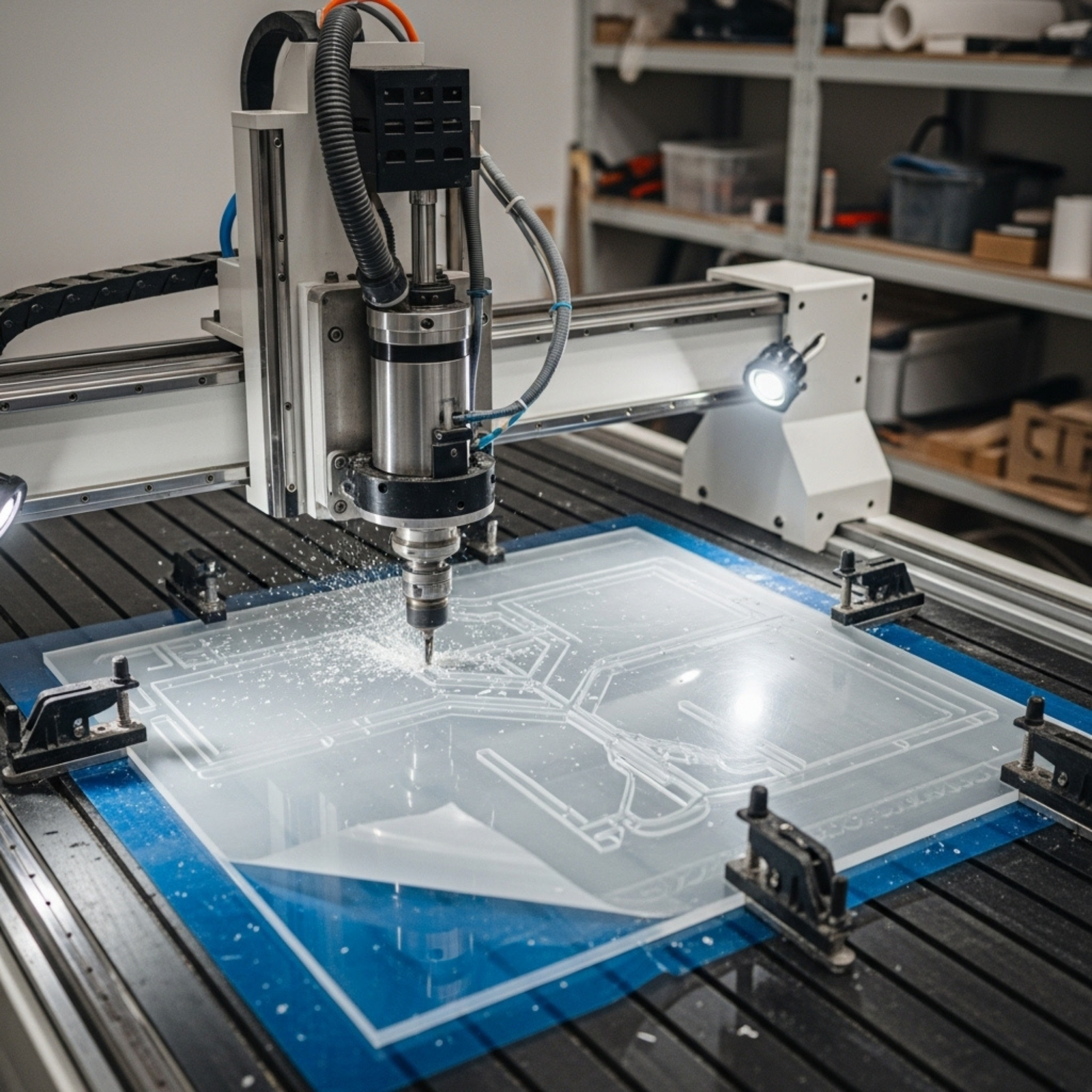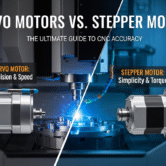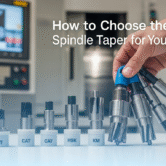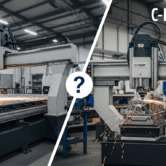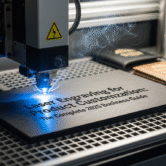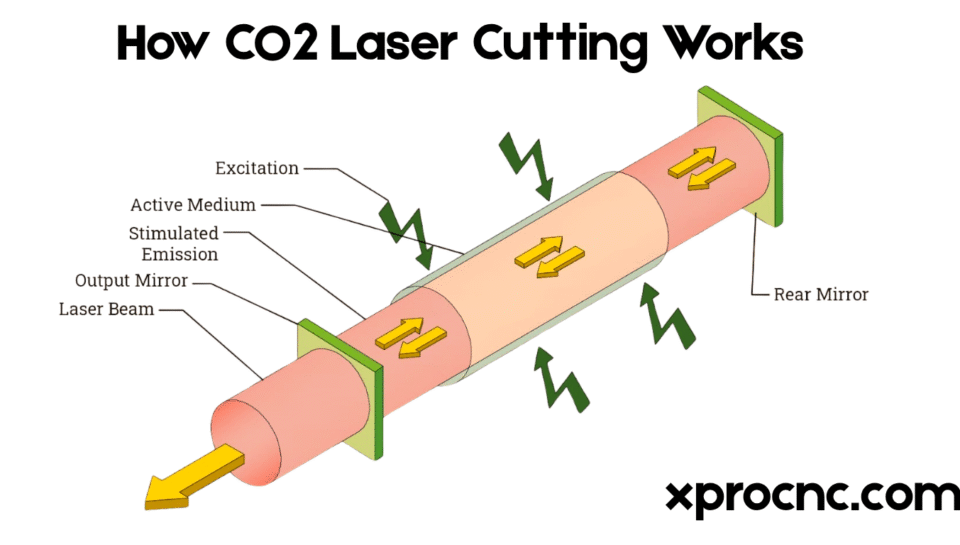
From intricate signage to custom automotive parts, the precision of laser cutting has revolutionized what’s possible for small and medium-sized businesses (SMBs). While the technology may seem complex, understanding the process is the first step toward harnessing its full power. As a professional solution partner for growing businesses, we believe in demystifying this technology to help you make informed decisions.
This guide breaks down the entire CO2 laser cutting process—from a digital file on your computer to a perfectly finished part in your hands. We’ll explore the steps, the materials you can use, and why it might be the right technology for your shop.
What Exactly is a CO2 Laser Cutter?
Think of a CO2 laser cutter as a highly precise, computer-controlled heat tool. It uses a beam of intense light, generated from carbon dioxide gas, to vaporize or melt material in a very fine, clean line. Unlike a traditional saw or blade, nothing physically touches the material except for the focused beam of light.
This non-contact method results in incredible accuracy and a smooth, sealed edge, minimizing the need for post-processing. For a business, this means faster production, less material waste, and the ability to create complex designs that would be impossible with conventional tools.
The End-to-End Process: From Design to Part
Bringing a project to life with a CO2 laser cutter is a straightforward, four-step journey.
Step 1: Digital Design (CAD)
Every project begins as a digital drawing. This is done using Computer-Aided Design (CAD) software. Programs like Adobe Illustrator, Inkscape, or more advanced engineering software like Autodesk Fusion 360 are used to create a 2D vector file.
- What you do: You draw the exact shape you want to cut or engrave. Different colors can be used to assign different operations—for example, a red line for cutting and a black-filled area for engraving.
- Business focus: This digital-first approach ensures that every part is identical, which is crucial for maintaining quality control during production runs.
Step 2: Machine Setup and Material Preparation
Once your design is ready, you prepare the machine and your material.
- Choosing Materials: CO2 lasers are incredibly versatile and work best on non-metallic materials. Popular choices for businesses include wood, acrylic, leather, fabric, paper, and certain polymers.
- Securing the Material: You place your sheet of material onto the machine’s cutting bed. It’s important to ensure the material is flat and secure to maintain focus and accuracy throughout the cut.
- Setting the Origin: You tell the machine where to start the job on the material, ensuring your design fits perfectly and maximizing material usage.
Step 3: The Cutting Operation (CAM to Machine)
This is where the magic happens. The laser machine’s software, often called
Computer-Aided Manufacturing (CAM) software translates your digital drawing into instructions for the laser.
The software takes your vector lines and converts them into a toolpath (a G-code) that the laser head will follow. You’ll set three key parameters:
- Speed: How fast the laser head moves.
- Power: The intensity of the laser beam.
- Focus: The height of the laser lens from the material, which ensures the beam is at its finest point when it makes contact.
With a click of a button, the machine begins. The laser head moves across the material, precisely tracing the design and cutting or engraving as instructed. A built-in exhaust system removes smoke and debris to ensure a clean cut and a safe working environment.
Step 4: Post-Processing and Finishing
Once the machine has finished, the parts are ready for removal. Thanks to the precision of the laser, minimal finishing is required. Parts are typically cool to the touch within seconds. Depending on the material, you might perform a light cleaning to remove any residue from the cutting process before the part is ready for use or assembly.
Is a CO2 Laser Right for Your Business?
The biggest advantage of a CO2 laser is its versatility. However, it’s important to choose the right tool for the job. For businesses focused on cutting metals, especially thicker sheets of steel or aluminum, a
fiber laser cutter is the superior solution due to the different wavelength of light it uses.
Choose a CO2 Laser for: Organic materials and plastics like wood, acrylic, leather, and for detailed engraving.
Choose a Fiber Laser for: Metal cutting, especially steel, stainless steel, and aluminum.
Understanding the
Return on Investment (ROI) is key when purchasing any machine. The right choice depends entirely on the specific applications and materials your business will be working with.
Start Your Laser Cutting Journey
Understanding the CO2 laser cutting process reveals it to be a powerful, accessible, and highly efficient manufacturing method for SMBs. It bridges the gap between a digital idea and a physical, sellable product with speed and precision.
If you’re exploring how to integrate this technology into your operations, our team is here to help. Explore our range of CNC laser cutters or contact an XproCNC expert today to discuss the specific needs of your business.
Disclaimer
The information provided in this blog post is for informational purposes only. The operation of CNC machinery, including laser cutters, involves risks. Always consult with a qualified expert and follow all recommended safety procedures and machine documentation. Adhere to safety standards set by organizations like the Occupational Safety and Health Administration (OSHA) before operating any equipment.

